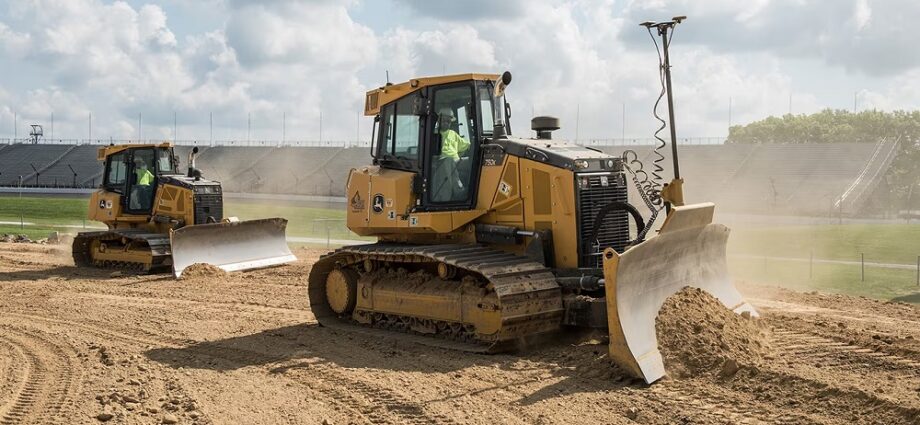You must know that site preparation is one of the most critical steps in the construction process, laying the foundation for a successful residential project. With proper site preparation, you can ensure that your land is ready for construction, and it also minimizes the potential issues that pop up during construction.
Conduct A Site Survey
It would be best to conduct a thorough site survey to understand the soil conditions and drainage patterns, besides any other obstacles that would pop up during the construction. When you do a site survey, it will help make the site preparation process easy. You can understand the characteristics and determine the best approach for the construction.
Clear Any Vegetation
It would be best if you started clearing the vegetation, trees, and debris on the land. You need to Remove the trees and any other vegetation which would interfere with the construction process. It will be perfect if you hire experienced experts for tree removal to ensure safety and compliance with legal regulations.
Demolish Any Existing Structures
If there are any existing structures on the site, like old houses or outbuildings, you need to demolish them or get them removed. This requires a lot of planning and adherence to safety protocols to prevent damage to the surrounding areas and stop.
Excavation And Grading
Excavation is all about removing the soil from the construction site to create a level surface for the foundation. Grading after the hole it’s essential to ensure proper drainage and prevent water cooling. You need to hire an experienced contractor to perform all tasks accurately.
Install Soil Erosion Control Measures
You can implement soil erosion control measures like straw bales and sediment ponds to prevent soil erosion and protect nearby water bodies during construction. It is essential in areas prone to heavy rainfall.
Site Access
You need to establish good access points to the site for construction vehicles and workers. You must ensure that excess roads are well-maintained and suitable for heavy machinery. You can come up with some safety measures, including barriers and fencing, to protect the workers and the public.
Environmental Considerations
Consider any environmental considerations specific to your site, like protected habitats or endangered species, and implement the measures to reduce ecological disturbance and comply with the applicable regulations.
By following all these steps, you can ensure that your site is adequately prepared for residential construction.

